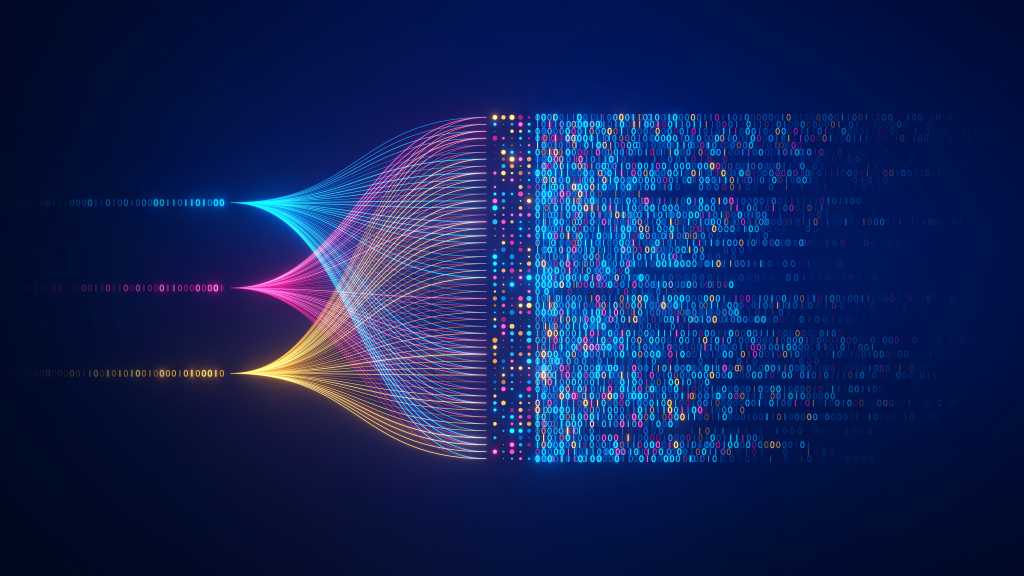
There will be three more Nvidia-accelerated systems at the lab — Minerva, Janus and Tara — will support AI inference and workforce development.
At LANL, there will be two new systems to be built and delivered by Hewlett Packard Enterprise called Mission and Vision systems. They will be powered by the Nvidia Vera Rubin platform and the Quantum-X800 InfiniBand networking platform. Mission will run classified applications for the National Nuclear Security Administration, while Vision will power open science research, including foundation models and agentic AI.
In Germany, the Jülich Supercomputing Centre’s JUPITER system has become Europe’s first exaflop system, which should put it in the top ten of the Top 500 list. JUPITER was just inaugurated in September and features 24,000 GH200 Grace Hopper Superchips interconnected with Nvidia’s Quantum-2 InfiniBand.
In Japan, RIKEN, Japan’s leading national research institute, has announced plans for two new supercomputers. Several years back, RIKEN’s Fugaku held the top spot on the Top 500 lists of supercomputers, built on custom Arm silicon. Now, RIKEN is building two more supercomputers, this time with Nvidia processors. One will be built for AI for science and the other for quantum computing.
The first system, for science computation, will deploy 1,600 Nvidia Blackwell GPUs, using the GB200 NVL4 platform and interconnected by Nvidia Quantum-X800 InfiniBand networking. The system will advance research in areas such as life sciences, materials science, climate and weather forecasting manufacturing and laboratory automations.
The second system, dedicated to quantum computing, will use 540 Blackwell GPUs also using the GB200 NVL4 platform and interconnected by Quantum-X800 InfiniBand networking and is designed to accelerate research in quantum algorithms, hybrid simulation and quantum-classical computing methods.


